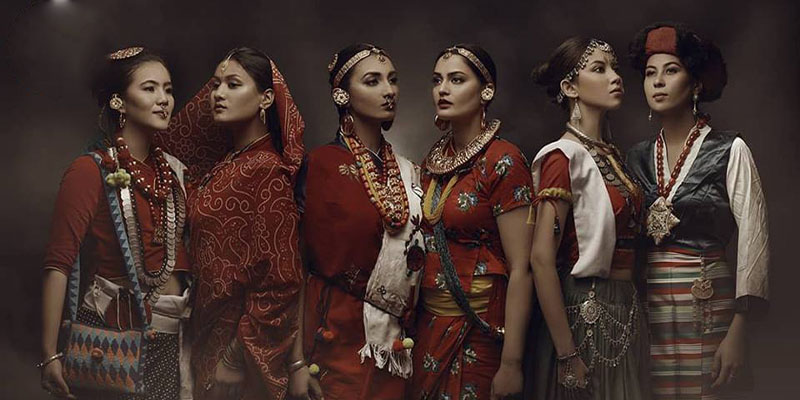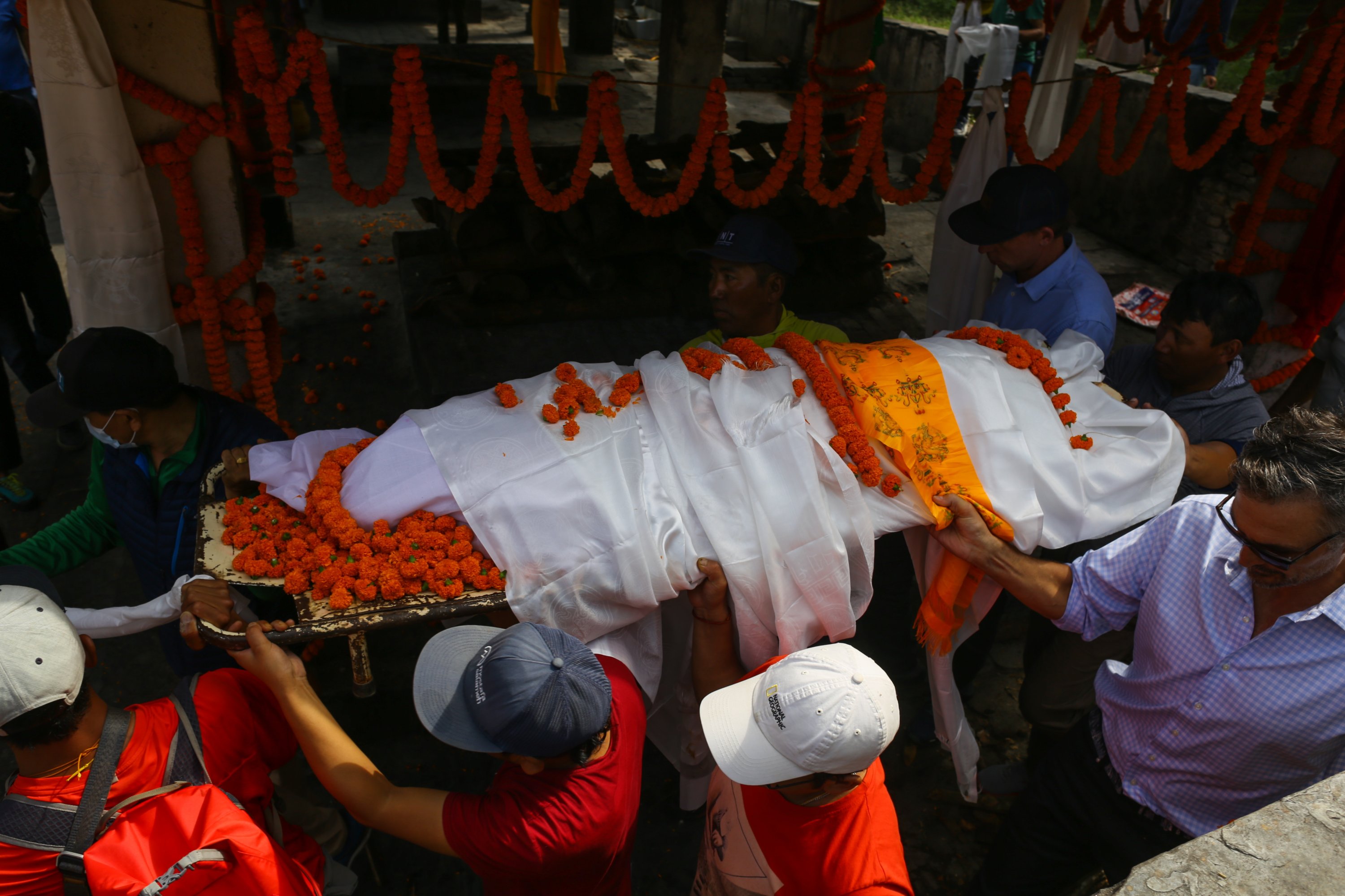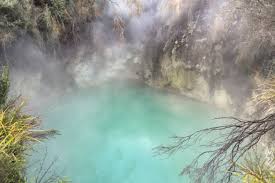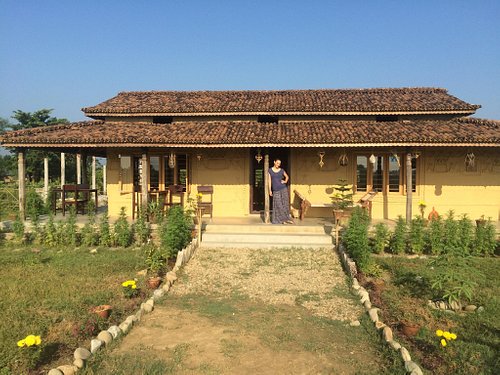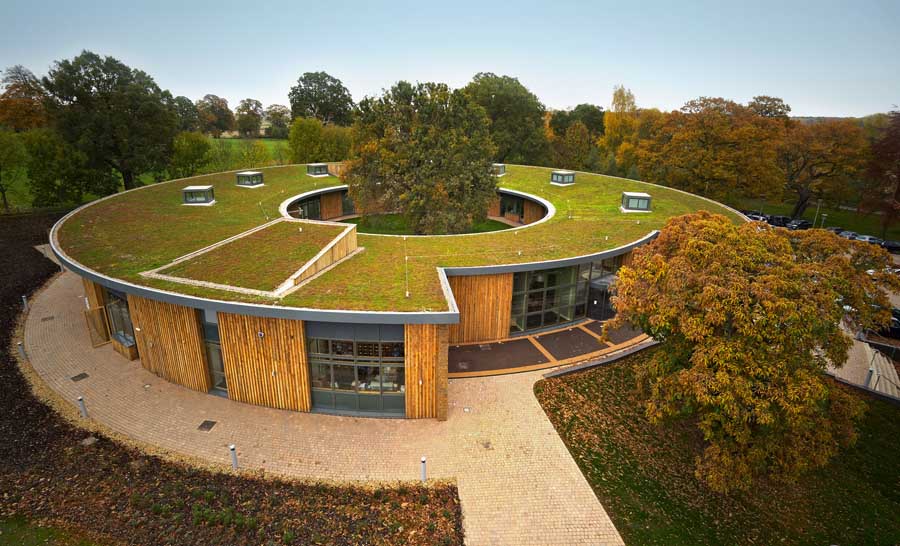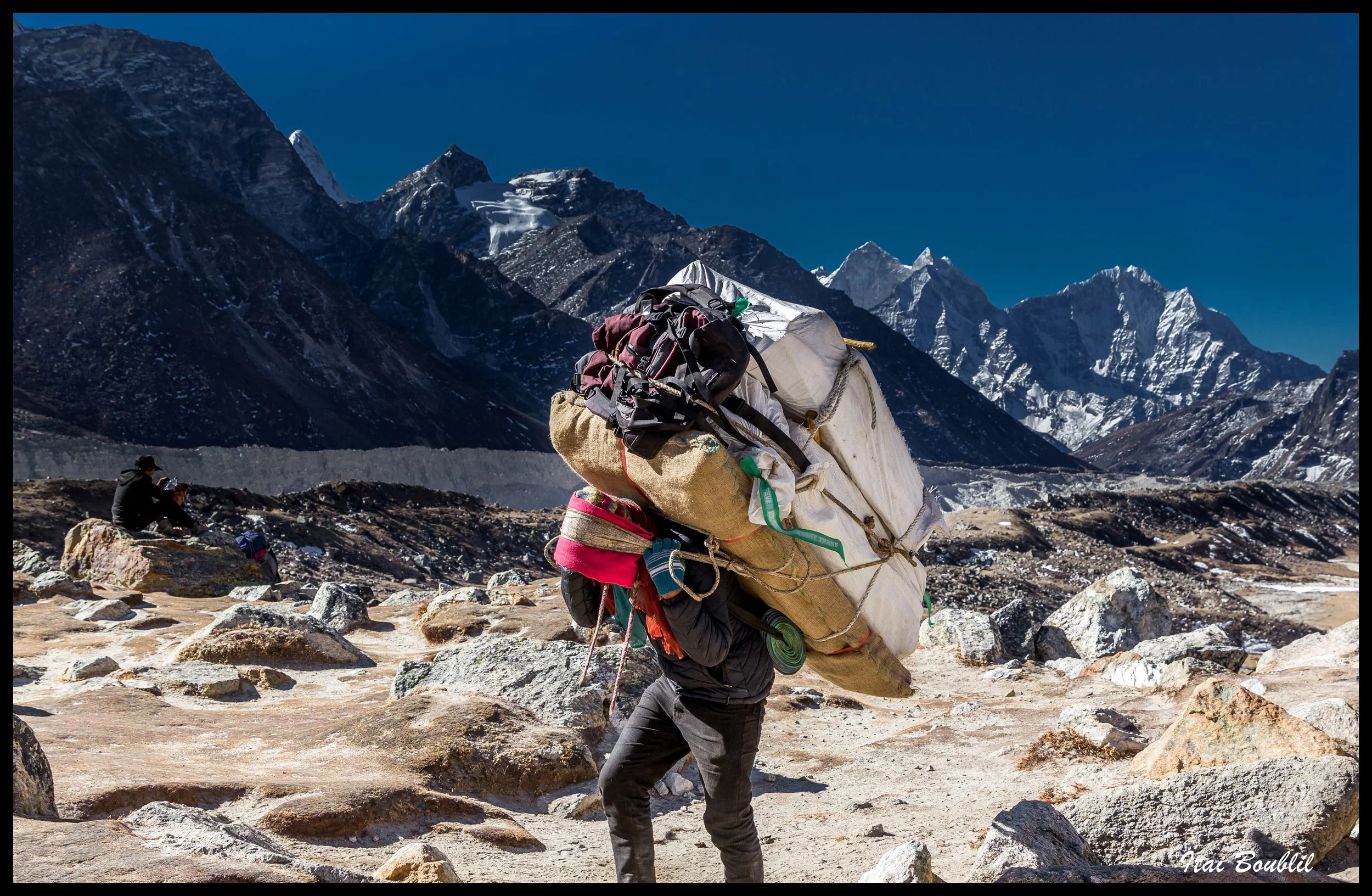Share this Article
The Kumari Jatra is one of the most significant and ancient festivals in Nepal, particularly in the Kathmandu Valley. It celebrates the living goddess known as the Kumari, a young girl who is believed to be the physical embodiment of the Goddess Taleju, a Hindu deity. This procession, held annually, is both a cultural and religious event, showcasing centuries-old traditions and rituals that honor the Kumari and the divine feminine energy she represents.
1. The Kumari: The Living Goddess
The Kumari is a prepubescent girl selected through a rigorous process based on her physical attributes, spiritual purity, and astrological alignment. She is chosen from the Newar community, which is the indigenous people of the Kathmandu Valley. Once selected, the Kumari lives in the Kumari Ghar (Kumari's residence) in Kathmandu Durbar Square, where she performs her sacred duties as a living goddess.
The Kumari is believed to be the human incarnation of Taleju, the goddess of power, and she is revered as a deity. It is said that during her reign, she embodies the power of the goddess and serves as a spiritual intermediary between the gods and the people. The Kumari is worshipped, and her gaze is considered a blessing. However, her position is temporary and ends when she reaches puberty.
2. Kumari Jatra: The Procession
The Kumari Jatra is a ceremonial procession that takes place in the heart of Kathmandu, particularly during the Indra Jatra festival, which usually occurs in late August or early September. This event is one of the most colorful and vibrant in Nepalese culture, drawing thousands of spectators from around the country and beyond.
The procession marks a celebration of the Kumari’s divine status and includes various rituals, dances, and offerings. It is a fusion of Hindu and Buddhist traditions, reflecting the rich cultural heritage of the Kathmandu Valley.
2.1 The Route of the Procession
The Kumari Jatra begins at the Kumari Ghar in Kathmandu Durbar Square, and the procession travels through the main streets of the city, making its way to various temples and sacred locations. The Kumari is carried in a grand chariot (also known as the Kumari Rath), which is pulled by the devotees through the streets. The procession passes through Asan, Indra Chowk, and other significant areas of the city, with people chanting prayers and singing traditional songs as they follow the route.
The Kumari's chariot is usually accompanied by musicians, dancers, and other celebrants, creating an atmosphere of joy and reverence. Various deities and mythological figures are also represented during the procession, as well as street performers who enact traditional dances and acts.
2.2 The Role of the Kumari
The Kumari's role in the Jatra is symbolic. She is considered the embodiment of the goddess Taleju, and her presence in the procession is a representation of the divine power of the goddess. The Kumari sits inside the chariot with her attendants, offering a divine presence while receiving the worship of the people. She is carried with great reverence, and her eyes are considered sacred. Devotees try to catch her gaze, as it is believed to bring blessings.
The Kumari herself does not participate actively in the procession beyond her chariot ride, but her presence is the focal point of the event. As she is considered a living goddess, her role in the procession reinforces her divinity and reinforces the spiritual connection between the people and the divine.
3. Rituals and Cultural Significance
The Kumari Jatra is not only a procession but a deeply spiritual event filled with rituals and cultural significance. Each aspect of the procession is rooted in both Hindu and Buddhist practices, making it a rich representation of Nepal’s religious diversity.
3.1 The Role of the Chariot
The chariot used in the Kumari Jatra is a highly symbolic vehicle, intricately decorated and designed for the occasion. The chariot is usually pulled by devotees who participate in the procession, with each pull representing devotion and respect for the goddess. The act of pulling the chariot is seen as a spiritual act, connecting the physical world with the divine.
3.2 The Rituals of Indra Jatra
The Kumari Jatra is a central event of the larger Indra Jatra, a festival dedicated to the Vedic god Indra, who is associated with rain, fertility, and the harvest. The festival marks the beginning of the harvest season and is a celebration of the abundance that the gods provide.
As part of Indra Jatra, the Linga (Shiva) and Yogini processions are also held, where images of deities are paraded through the city. These deities are considered important in Hindu cosmology and are believed to bring protection and blessings to the people.
Indra Jatra is one of the oldest festivals in Nepal, and the Kumari Jatra within it serves as a reminder of the deep connection between humans and the divine. The festival also highlights Nepal’s rich cultural heritage, blending Tibetan Buddhism, Hinduism, and Newar traditions.
3.3 Traditional Dances and Music
During the Kumari Jatra, various traditional dances and music performances are held along the procession route. These performances are rooted in Nepalese folklore and mythology, with characters representing gods, demons, and heroes from Hindu and Buddhist texts. The dances often have symbolic meanings, depicting the eternal struggle between good and evil or celebrating the victory of gods over demons.
Musical groups playing traditional instruments such as dholak (drums), sarangis (traditional string instruments), and flutes accompany the procession, adding to the festive and spiritual atmosphere.
3.4 Devotees and Blessings
The procession attracts thousands of devotees and spectators who line the streets to witness the event. People throw flower petals at the Kumari’s chariot and try to receive her gaze, believing that doing so will bring blessings, prosperity, and good fortune.
In addition to the blessings from the Kumari, the festival is an occasion for people to offer prayers and make offerings to the gods and goddesses. The entire procession is a community event where people from all walks of life come together to celebrate their shared cultural and spiritual heritage.
4. Controversies and Changing Practices
Despite its ancient roots and spiritual significance, the Kumari Jatra and the tradition of the living goddess have faced criticism and controversy over the years. The practice of selecting a young girl as the Kumari has been debated due to concerns about the psychological and emotional effects on the girl, especially as she is confined to the Kumari Ghar and removed from regular childhood experiences.
The Kumari is also expected to remain in her role until she reaches puberty, at which point she must retire from her position, and a new Kumari is selected. The concept of male domination in the selection process has led to discussions about the role of women and gender equality in modern Nepal.
Despite these concerns, the Kumari Jatra remains an important event in Nepalese culture, with efforts being made to modernize the system and ensure the well-being of the Kumari.
5. Conclusion
The Kumari Jatra is a captivating and spiritually significant festival that celebrates the living goddess, Kumari, and the divine feminine energy she embodies. It is a powerful reflection of Nepal’s deep-rooted cultural, religious, and spiritual traditions, blending Hinduism, Buddhism, and Newar heritage into a unique and vibrant procession. Through the Kumari Jatra, the people of Nepal pay homage to their deities, acknowledge the impermanence of life, and express devotion to the goddess, making it an unforgettable event that showcases the country’s rich heritage.
The Kumari Jatra is one of the most significant and ancient festivals in Nepal, particularly in the Kathmandu Valley. It celebrates the living goddess known as the Kumari, a young girl who is believed to be the physical embodiment of the Goddess Taleju, a Hindu deity. This procession, held annually, is both a cultural and religious event, showcasing centuries-old traditions and rituals that honor the Kumari and the divine feminine energy she represents.
1. The Kumari: The Living Goddess
The Kumari is a prepubescent girl selected through a rigorous process based on her physical attributes, spiritual purity, and astrological alignment. She is chosen from the Newar community, which is the indigenous people of the Kathmandu Valley. Once selected, the Kumari lives in the Kumari Ghar (Kumari's residence) in Kathmandu Durbar Square, where she performs her sacred duties as a living goddess.
The Kumari is believed to be the human incarnation of Taleju, the goddess of power, and she is revered as a deity. It is said that during her reign, she embodies the power of the goddess and serves as a spiritual intermediary between the gods and the people. The Kumari is worshipped, and her gaze is considered a blessing. However, her position is temporary and ends when she reaches puberty.
2. Kumari Jatra: The Procession
The Kumari Jatra is a ceremonial procession that takes place in the heart of Kathmandu, particularly during the Indra Jatra festival, which usually occurs in late August or early September. This event is one of the most colorful and vibrant in Nepalese culture, drawing thousands of spectators from around the country and beyond.
The procession marks a celebration of the Kumari’s divine status and includes various rituals, dances, and offerings. It is a fusion of Hindu and Buddhist traditions, reflecting the rich cultural heritage of the Kathmandu Valley.
2.1 The Route of the Procession
The Kumari Jatra begins at the Kumari Ghar in Kathmandu Durbar Square, and the procession travels through the main streets of the city, making its way to various temples and sacred locations. The Kumari is carried in a grand chariot (also known as the Kumari Rath), which is pulled by the devotees through the streets. The procession passes through Asan, Indra Chowk, and other significant areas of the city, with people chanting prayers and singing traditional songs as they follow the route.
The Kumari's chariot is usually accompanied by musicians, dancers, and other celebrants, creating an atmosphere of joy and reverence. Various deities and mythological figures are also represented during the procession, as well as street performers who enact traditional dances and acts.
2.2 The Role of the Kumari
The Kumari's role in the Jatra is symbolic. She is considered the embodiment of the goddess Taleju, and her presence in the procession is a representation of the divine power of the goddess. The Kumari sits inside the chariot with her attendants, offering a divine presence while receiving the worship of the people. She is carried with great reverence, and her eyes are considered sacred. Devotees try to catch her gaze, as it is believed to bring blessings.
The Kumari herself does not participate actively in the procession beyond her chariot ride, but her presence is the focal point of the event. As she is considered a living goddess, her role in the procession reinforces her divinity and reinforces the spiritual connection between the people and the divine.
3. Rituals and Cultural Significance
The Kumari Jatra is not only a procession but a deeply spiritual event filled with rituals and cultural significance. Each aspect of the procession is rooted in both Hindu and Buddhist practices, making it a rich representation of Nepal’s religious diversity.
3.1 The Role of the Chariot
The chariot used in the Kumari Jatra is a highly symbolic vehicle, intricately decorated and designed for the occasion. The chariot is usually pulled by devotees who participate in the procession, with each pull representing devotion and respect for the goddess. The act of pulling the chariot is seen as a spiritual act, connecting the physical world with the divine.
3.2 The Rituals of Indra Jatra
The Kumari Jatra is a central event of the larger Indra Jatra, a festival dedicated to the Vedic god Indra, who is associated with rain, fertility, and the harvest. The festival marks the beginning of the harvest season and is a celebration of the abundance that the gods provide.
As part of Indra Jatra, the Linga (Shiva) and Yogini processions are also held, where images of deities are paraded through the city. These deities are considered important in Hindu cosmology and are believed to bring protection and blessings to the people.
Indra Jatra is one of the oldest festivals in Nepal, and the Kumari Jatra within it serves as a reminder of the deep connection between humans and the divine. The festival also highlights Nepal’s rich cultural heritage, blending Tibetan Buddhism, Hinduism, and Newar traditions.
3.3 Traditional Dances and Music
During the Kumari Jatra, various traditional dances and music performances are held along the procession route. These performances are rooted in Nepalese folklore and mythology, with characters representing gods, demons, and heroes from Hindu and Buddhist texts. The dances often have symbolic meanings, depicting the eternal struggle between good and evil or celebrating the victory of gods over demons.
Musical groups playing traditional instruments such as dholak (drums), sarangis (traditional string instruments), and flutes accompany the procession, adding to the festive and spiritual atmosphere.
3.4 Devotees and Blessings
The procession attracts thousands of devotees and spectators who line the streets to witness the event. People throw flower petals at the Kumari’s chariot and try to receive her gaze, believing that doing so will bring blessings, prosperity, and good fortune.
In addition to the blessings from the Kumari, the festival is an occasion for people to offer prayers and make offerings to the gods and goddesses. The entire procession is a community event where people from all walks of life come together to celebrate their shared cultural and spiritual heritage.
4. Controversies and Changing Practices
Despite its ancient roots and spiritual significance, the Kumari Jatra and the tradition of the living goddess have faced criticism and controversy over the years. The practice of selecting a young girl as the Kumari has been debated due to concerns about the psychological and emotional effects on the girl, especially as she is confined to the Kumari Ghar and removed from regular childhood experiences.
The Kumari is also expected to remain in her role until she reaches puberty, at which point she must retire from her position, and a new Kumari is selected. The concept of male domination in the selection process has led to discussions about the role of women and gender equality in modern Nepal.
Despite these concerns, the Kumari Jatra remains an important event in Nepalese culture, with efforts being made to modernize the system and ensure the well-being of the Kumari.
5. Conclusion
The Kumari Jatra is a captivating and spiritually significant festival that celebrates the living goddess, Kumari, and the divine feminine energy she embodies. It is a powerful reflection of Nepal’s deep-rooted cultural, religious, and spiritual traditions, blending Hinduism, Buddhism, and Newar heritage into a unique and vibrant procession. Through the Kumari Jatra, the people of Nepal pay homage to their deities, acknowledge the impermanence of life, and express devotion to the goddess, making it an unforgettable event that showcases the country’s rich heritage.
Categories:
Travel & Tourism
,
Culture & Traditions
,
History & Heritage
,
Lifestyle & Local Life
Tags:
tradition
,
Heritage

